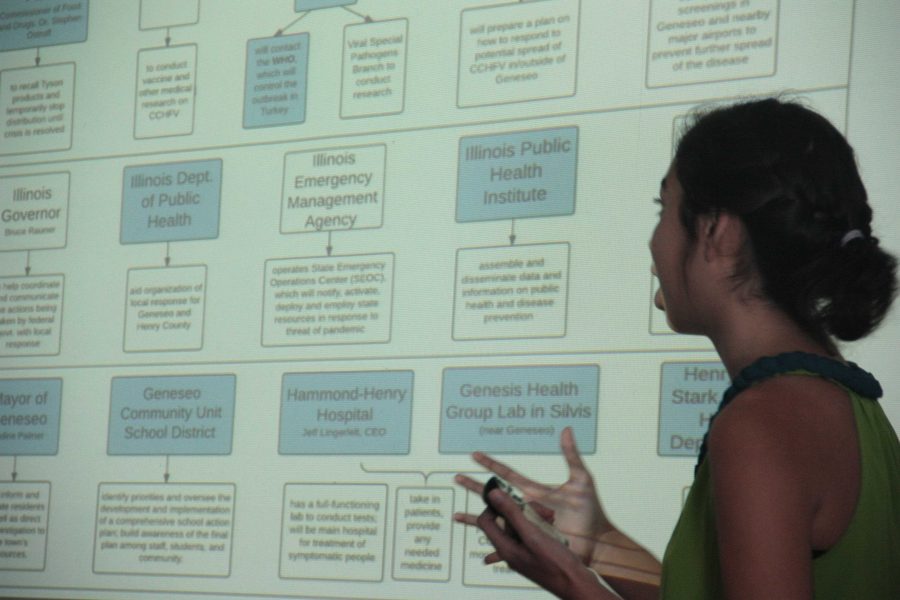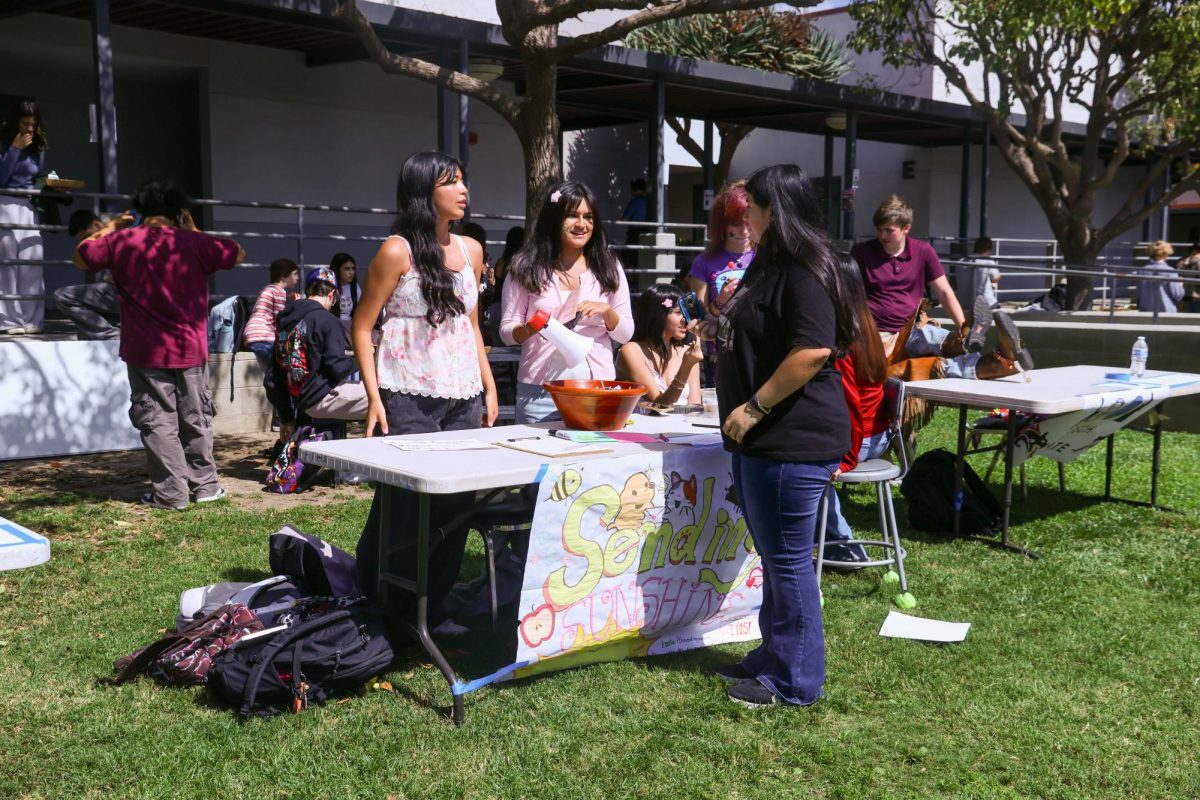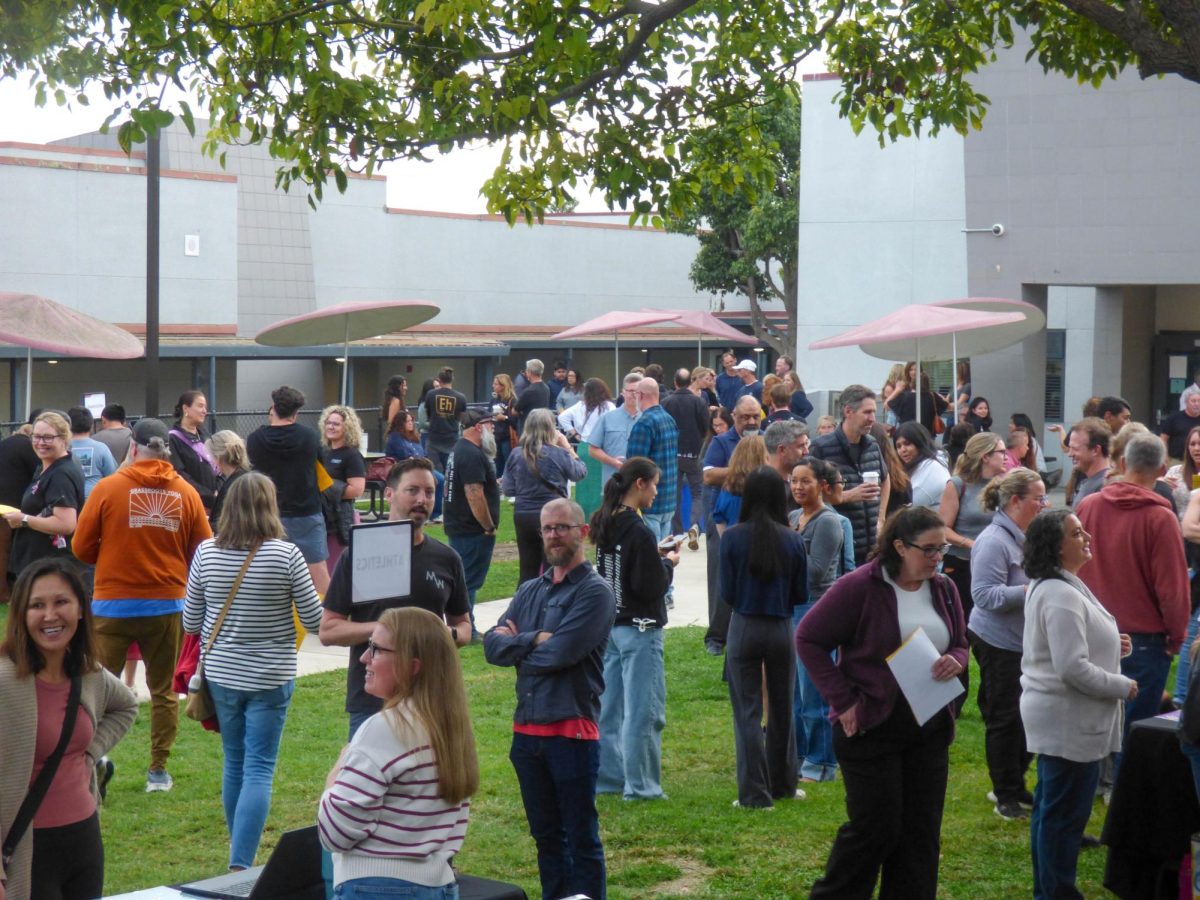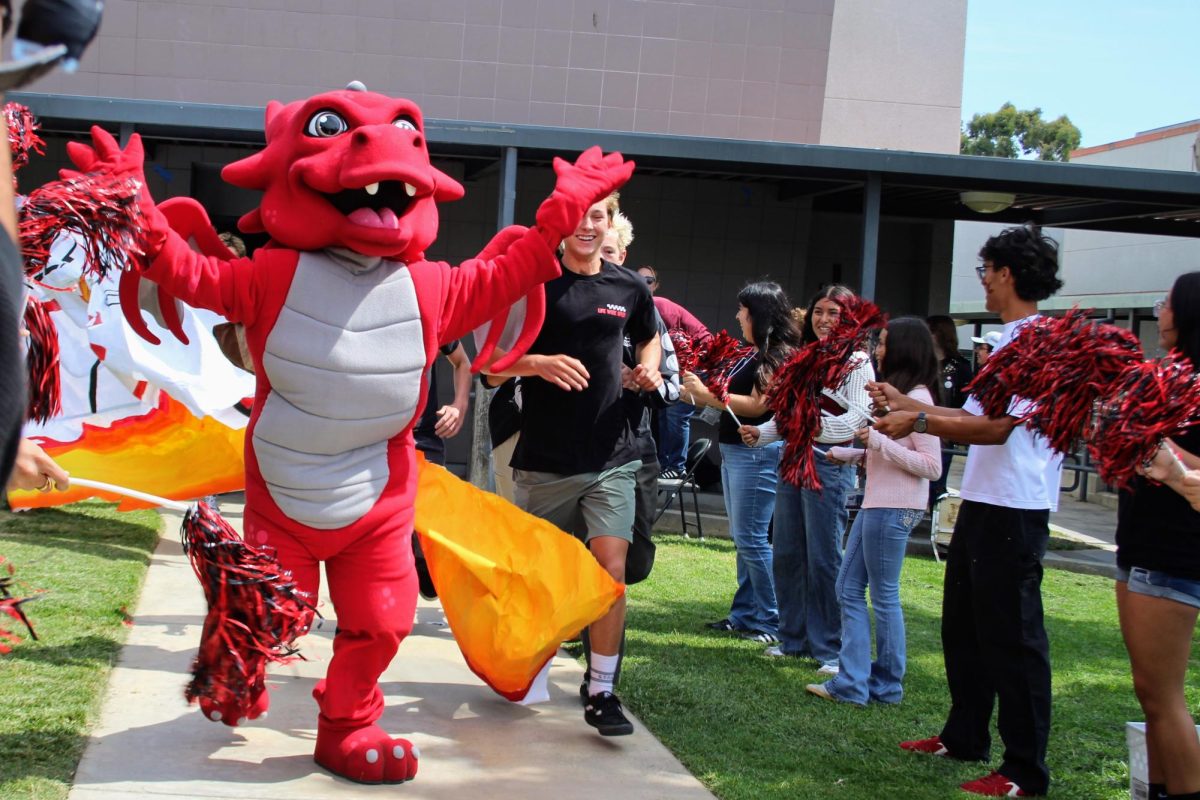Since January, Cohort 11 has been working hard on their iconic Disease Projects. On April 19 and 21, they got to present everything that they had learned over the past months to a panel of judges.After her presentation, junior Summer Khouvilay admitted that she was “really scared” going into it.
……………
Since January, Cohort 11 has been working hard on their iconic Disease Projects. On April 19 and 21, they got to present everything that they had learned over the past months to a panel of judges. Their presentations had to be between 12 and 15 minutes long and students couldn’t use notecards.
After her presentation, junior Summer Khouvilay admitted that she was “really scared” going into it.
“I feel like we did pretty well especially because the judges were like ‘Fantastic work’ and I’m like really?!” she continued.
[soundcloud url=”https://api.soundcloud.com/tracks/260597017″ params=”color=ff0000&auto_play=false&hide_related=false&show_comments=true&show_user=true&show_reposts=false” width=”100%” height=”166″ iframe=”true” /]
Veteran judge Michele Hom works in microbiology at St. John’s Regional Medical Center, so she was able evaluate the students’ knowledge well.
“They put a tremendous amount of work into these presentations and it definitely shows in their presentations or their Prezis,” she said. “It makes me excited for the future.”
This assignment is a group project that has each team focus on one emerging disease. Options range from Crimean-Congo Hemorrhagic Fever to Clostridium Difficile. Each year features a different set of diseases to choose from and research.
Medical Technology (MedTech) teacher Mika Anderson said this year’s emerging diseases provided “an extra challenge.”
“A lot of them got emerging diseases. So diseases that are new that [aren’t] even in the county. A lot of these diseases are still in the research phases where they don’t know a lot of information,” Anderson said.
[soundcloud url=”https://api.soundcloud.com/tracks/260596912″ params=”color=ff0000&auto_play=false&hide_related=false&show_comments=true&show_user=true&show_reposts=false” width=”100%” height=”166″ iframe=”true” /]
Students had smaller assignments and labs leading up to the big presentation.
“They first start with the research aspect of it where I give them a very generic list of questions that they should start looking up just to get them started on researching their organism,” Anderson said.
Other class projects helped towards the presentations. “We did lab with bacteria. So it’s just knowing those precautions and how to deal with them,” Khouvilay explained.
Students and teachers alike are relieved to be done with the project.
“This is the best time because now that’s over we can kind of move on. We’ve been working on this since January so we’re ready to move forward and do something else,” Anderson concluded.
Background Photo Credit: Fidelity Ballmer / The Foothill Dragon Press









